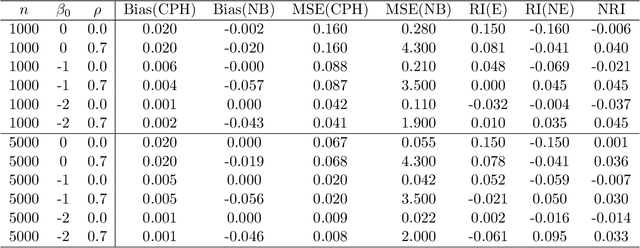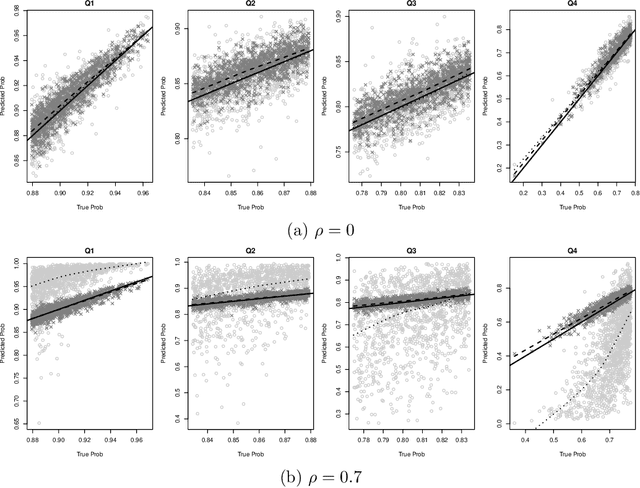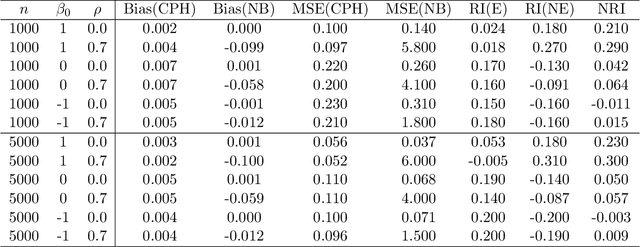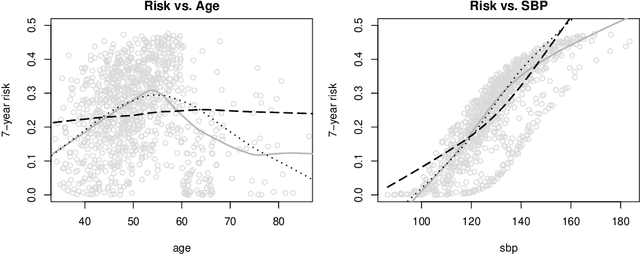A Naive Bayes machine learning approach to risk prediction using censored, time-to-event data
Paper and Code
Apr 08, 2014



Predicting an individual's risk of experiencing a future clinical outcome is a statistical task with important consequences for both practicing clinicians and public health experts. Modern observational databases such as electronic health records (EHRs) provide an alternative to the longitudinal cohort studies traditionally used to construct risk models, bringing with them both opportunities and challenges. Large sample sizes and detailed covariate histories enable the use of sophisticated machine learning techniques to uncover complex associations and interactions, but observational databases are often ``messy,'' with high levels of missing data and incomplete patient follow-up. In this paper, we propose an adaptation of the well-known Naive Bayes (NB) machine learning approach for classification to time-to-event outcomes subject to censoring. We compare the predictive performance of our method to the Cox proportional hazards model which is commonly used for risk prediction in healthcare populations, and illustrate its application to prediction of cardiovascular risk using an EHR dataset from a large Midwest integrated healthcare system.
 Add to Chrome
Add to Chrome Add to Firefox
Add to Firefox Add to Edge
Add to Edge